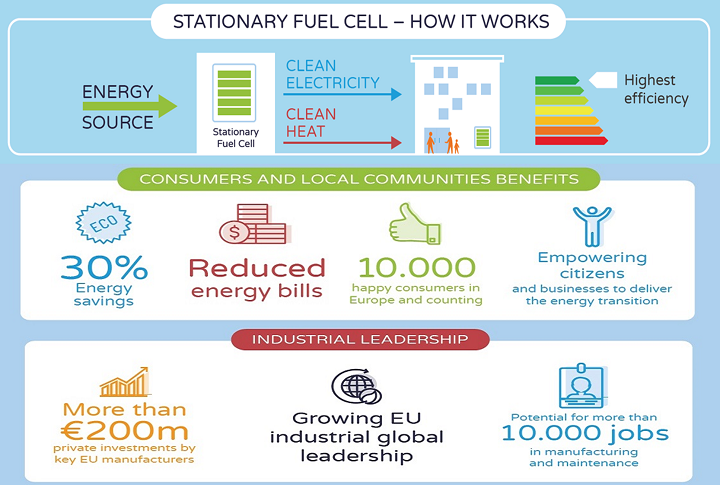According to official EU figures, buildings are responsible for around 40% of energy consumption and 36% of energy-related greenhouse gas emissions. This is why the revision of the Energy Performance of Buildings Directive (EPBD) is so important for achieving our climate and energy targets in the framework of the European Green Deal.
Much of the discussion on the decarbonisation of buildings has focused on the role of electric technologies, such as heat pumps. However, putting all the burden on a single energy carrier – electricity – poses challenges in terms of energy costs, system resilience and security of supply. In particular, the electrification of heating will lead to an increase in winter peak demand, exceeding today’s grid and generation capacities and requiring costly investments.
Therefore, policy makers should aim to promote a diversified mix of efficient, smart and clean energy solutions, as part of integrated energy systems, to ensure that households and businesses have reliable access to affordable electricity and heat. One technology with a positive role to play is micro-cogeneration using fuel cells (or fuel cell micro-CHP), which generates electricity and heat by combining hydrogen with oxygen in a clean process that produces no local air pollution.

Fuel cell micro-CHP is a proven technology, which is already being used in over half a million buildings globally. It is highly efficient and cost-effective, especially for homes and businesses with high electricity demand. A recent analysis of energy bills in Belgium, Czechia and Germany shows cost savings for consumers in the range between 30% and 80%. Furthermore, by generating power where it is needed, it reduces the strain on electricity grids at peak times.
Europe has a strong manufacturing base for fuel cell micro-CHP, with more than €200 million of private investments by EU industry. In the framework of the EU-funded projects ene.field and PACE, more than 3,500 fuel cell micro-CHP units have been installed in homes and other buildings across 10 European countries since 2012.
The revision of the EPBD provides an excellent opportunity for the EU to mobilise a range of solutions that will enhance energy efficiency and reduce emissions. Comprehensive definitions of demand-side flexibility and zero-emission buildings are needed, including references to sector coupling technologies such as fuel cell micro-CHP. This will help to ensure that households and businesses can benefit from having access to electricity and heat that is both affordable and reliable, whilst we also advance towards the goal of Net Zero emissions.
Published on behalf of the PACE Project, which has received funding from the Clean Hydrogen Partnership. For more information see: https://pace-energy.eu
Sign up to The Parliament's weekly newsletter
Every Friday our editorial team goes behind the headlines to offer insight and analysis on the key stories driving the EU agenda. Subscribe for free here.